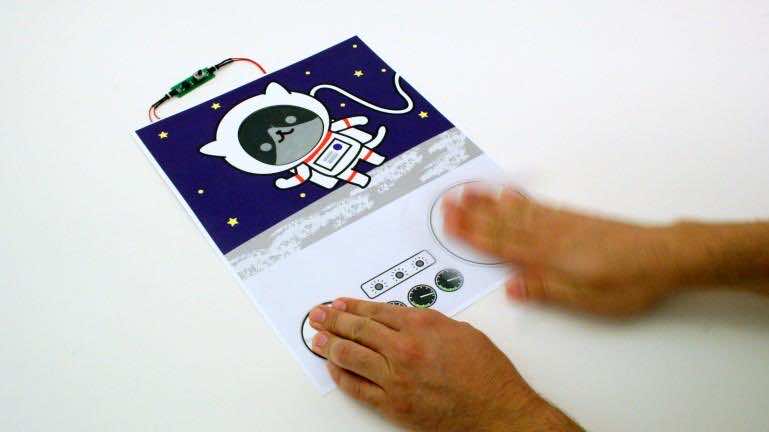The days of paper books are limited, thanks to the new creation by Disney Research and Carnegie Mellon University. The engineers of the two institutes have collaborated to create generators as thin as the pages they will soon replace.
The paper generator uses the triboelectric effect, which is the principle that creates static electricity when you rub a balloon across your hair or walk on a carpet wearing wool socks. It harnesses this static electricity by using Teflon and paper to create static charge when the sheet is rubbed or tapped. Paper acts as an electron donor while Teflon is the receptor. When the sheet is rubbed or tapped it causes the two surfaces to touch, causing an exchange of electrons. Once the sheets regain their original positions the transferred electrons create a difference in potential which allows a current to be produced.
The demonstrator prototype uses Teflon sandwiched between two sheets of silver which act as electrodes. The two electrodes have a gap between them in which the Teflon is fitted and all three are held together by a foam adhesive. This Foam adhesive holds them in place yet allows them to wiggle around as shown in Fig. (a) above. Rubbing this sheet causes the two electrodes to move in opposite directions, creating an alternating current. This current is carried to elements on the page by embedded wires. The current can be used to light an LED, power an e-ink display, a motor, a buzzer or anything else built into the page.

